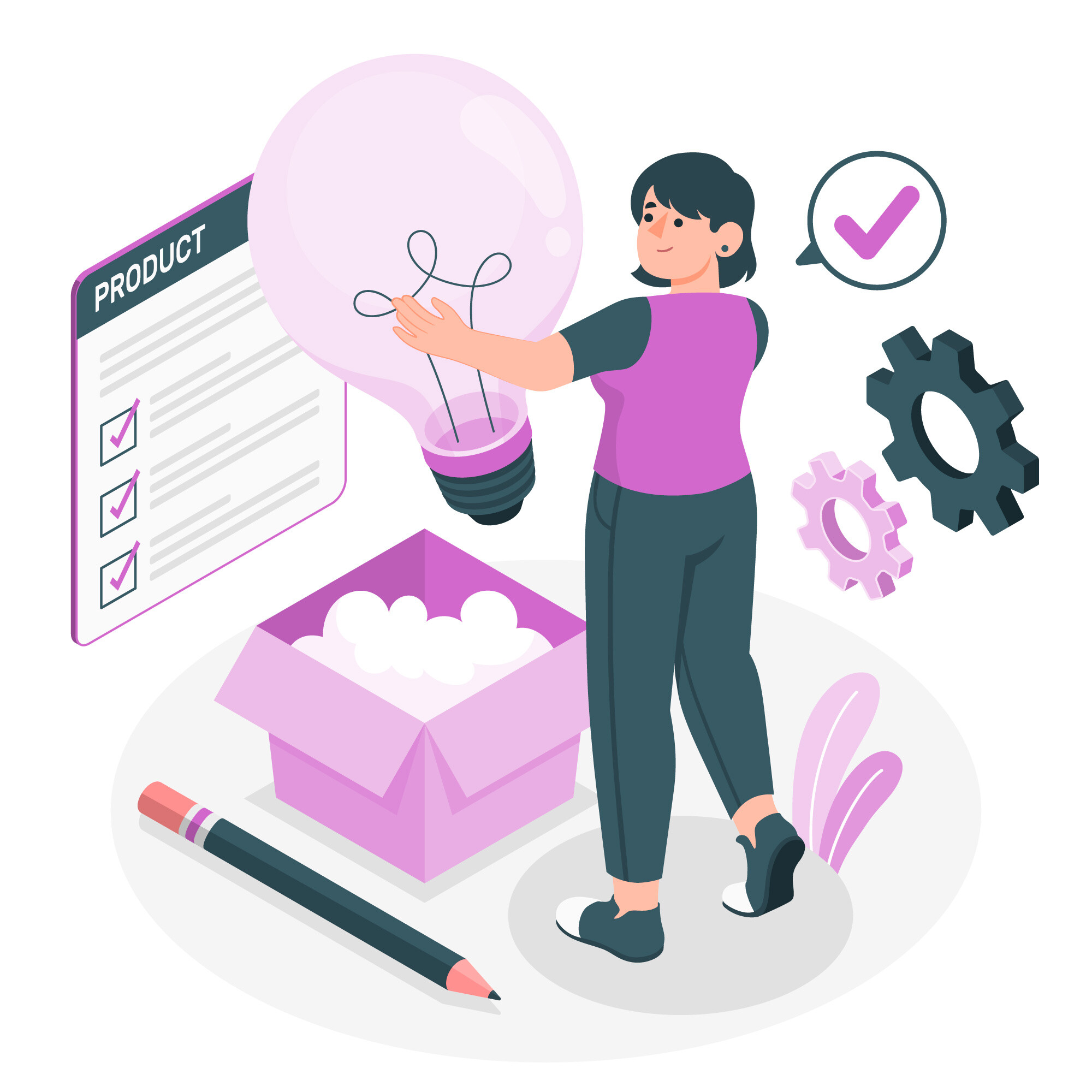Product adoption is a crucial milestone for the success of any product or service.
In simple words, product adoption is when people start using a new product and making it part of their routine because they see its value. It’s the journey from discovering the product to fully understanding how it helps solve their problems or make their lives easier. The goal is to ensure users feel confident and satisfied, so they keep coming back.
And therefore, a successful product adoption leads to customer success, as it ensures users achieve their desired outcomes, build trust in the product, and remain loyal advocates for your brand.
Without the right training, customers can feel lost or frustrated, leaving them unable to unlock the full potential of a product’s features.
This often leads to dissatisfaction and, ultimately, churn. In this blog, we’ll dive into how product adoption training makes a real difference in driving customer success. We’ll also learn how incorporating microlearning can streamline this process, making it faster, more engaging, and perfectly aligned with HR and learning strategies for long-term impact.
From Hours to Minutes: Transforming Customer Training with Microlearning
Why Product Adoption Training Matters
Product adoption training is essential for bridging the gap between customer acquisition and retention. It equips users with the skills and confidence to make the most of a product, driving better engagement and outcomes.
Key benefits include:
- Higher retention rates: Customers who understand how to use a product are more likely to stick with it.
- Improved satisfaction: Effective training minimizes frustrations and fosters positive experiences.
- Enhanced productivity: Teams that receive product training are more efficient in using the tools provided.
- Reduced support costs: Educated users require less ongoing customer support.
The Link Between Product Adoption and Customer Success
Customer success hinges on how well customers can integrate a product into their workflows. When training is tailored and accessible, it can:
- Shorten time-to-value: Effective training ensures customers quickly grasp a product’s core value, reducing the time it takes to see ROI.
- Encourage feature adoption: Training highlights underused features, unlocking additional value for customers.
- Promote long-term engagement: Empowered users are more likely to renew subscriptions and recommend the product.
Microlearning: The Future of Product Adoption Training
Traditional training methods, such as lengthy onboarding sessions or bulky manuals, are often overwhelming and inefficient. Enter microlearning, a bite-sized approach to training that delivers content in short, focused bursts. Here’s how microlearning transforms product adoption training:
- Digestible content: Lessons are broken into 3–5 minute modules, allowing users to absorb information more effectively.
- Just-in-time learning: Microlearning enables users to access training when and where they need it.
- Higher engagement: Interactive formats like quizzes, videos, and flashcards make training more engaging and memorable.
- Scalability: Companies can easily update and scale training content across diverse customer bases.
Best Practices for Product Adoption Training
1. Personalize the learning journey
Tailor training modules to the specific needs of each customer segment. For example, HR professionals might need in-depth analytics training, while end-users require functionality-focused modules.Benefit from step-by-step guides and hands-on demonstrations that focus on completing everyday tasks efficiently. By tailoring the learning journey, you not only improve user engagement but also enhance the perceived value of the product, ensuring it aligns with the specific challenges and goals of diverse audiences.
2. Incorporate interactive elements
Use case studies, simulations, and quizzes to ensure learners are actively engaged and retain knowledge.
- Case studies: Allow learners to see real-world applications of the product, making the training more relatable and impactful.
- Simulations: Provide a safe environment to practice using the product without fear of making mistakes in a live system, building confidence in their skills.
- Quizzes: Reinforce key concepts and ensure retention while keeping the learning process fun and rewarding. Interactive elements create opportunities for learners to apply knowledge, which aids long-term retention and encourages greater familiarity with the product.
3. Leverage data insights
Analyze how customers engage with training content to refine materials and focus on pain points.- Identify drop-off points in the training flow to pinpoint confusing or less engaging sections
- Track frequently revisited topics to identify areas where users need additional clarification or support
- Monitor completion rates to assess how accessible and digestible the training is for your audience. Using these insights, you can fine-tune content, address pain points, and prioritize features or topics that matter most to users, creating a more customer-centric training experience.
4. Make training accessible
Offer training across multiple platforms, including mobile devices, so users can learn on their terms.- Ensure your training is accessible on desktop, mobile, and tablets to allow users to learn on the go.
- Offer self-paced modules so users can fit training into their busy schedules
5. Measure success
Use metrics like completion rates, feature adoption rates, and customer satisfaction scores to evaluate the effectiveness of your training programs.
Common metrics include:
- Completion rates: Measure how many users finish the training modules, indicating their level of commitment and how engaging the content is
- Feature adoption rates: Track how well users are integrating product features into their workflows, showing the real-world impact of the training
- Customer satisfaction scores (CSAT): Provide insights into how satisfied users are with the training experience and its relevance to their needs. By analyzing these metrics, you can identify areas for improvement, celebrate successes, and demonstrate the tangible value of your training program to stakeholders
At 5Mins.ai, we specialize in delivering bite-sized, personalized training solutions.
Our platform offers:
- Market's largest library with 20,000+ microlearning lessons tailored to customer needs.
- Tools to convert your existing training content into engaging, flashcard-style modules.
- Data-driven insights to continuously optimize your training strategies.
Effective product adoption training is essential for driving customer success, and microlearning is the game-changing strategy that makes it scalable and impactful. By focusing on personalized, interactive, and accessible training, businesses can empower customers, reduce churn, and build long-lasting relationships.
If you are looking to transform your product adoption training, click on the button below and get a free trial with us!
.png)



